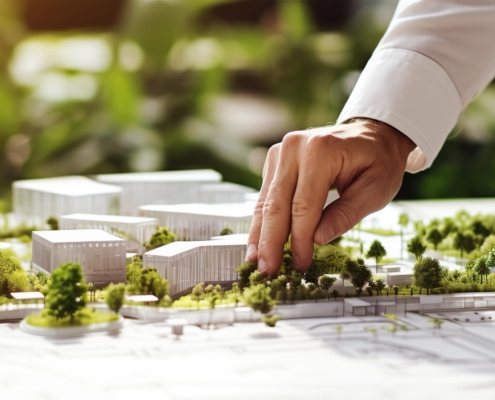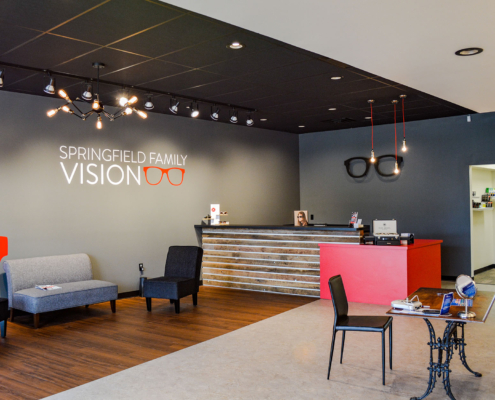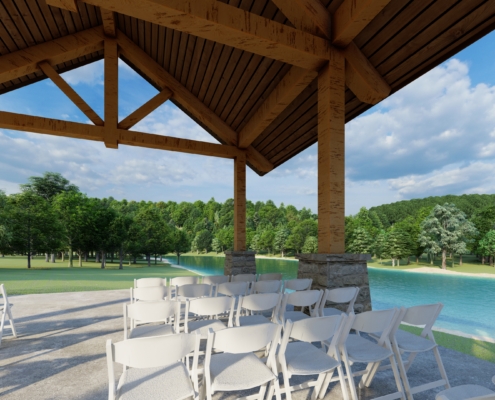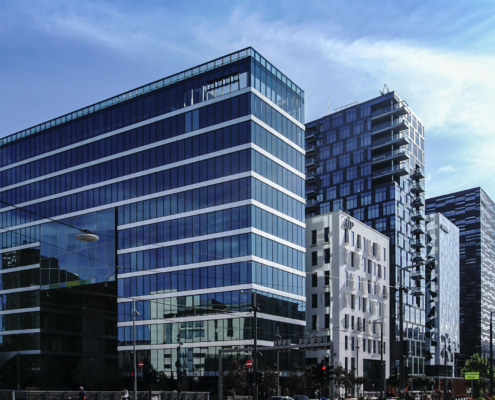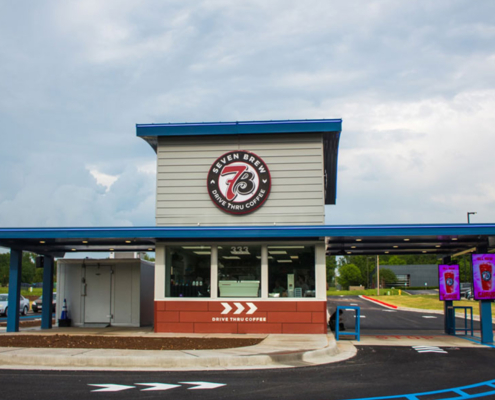 https://www.tdp-arch.com/wp-content/uploads/2023/11/Hiring-an-Architect_-All-Your-Myths-Busted.jpg
1250
2000
Ike Oji
/wp-content/uploads/2024/09/Torgerson-Design-Partners-Logo.png
Ike Oji2024-11-22 09:31:262024-11-22 10:52:00Hiring an Architect? All Your Myths Busted!
https://www.tdp-arch.com/wp-content/uploads/2023/11/Hiring-an-Architect_-All-Your-Myths-Busted.jpg
1250
2000
Ike Oji
/wp-content/uploads/2024/09/Torgerson-Design-Partners-Logo.png
Ike Oji2024-11-22 09:31:262024-11-22 10:52:00Hiring an Architect? All Your Myths Busted!Common Challenges in Commercial Architecture
From building codes to sustainability, architects must navigate a maze of constraints that require both creativity and precision. In this blog, we’ll explore some of the pressing challenges architects face in an industry that’s as fast-paced as it is rewarding.
Budget Constraints
Financial considerations play a crucial role in commercial building architecture projects. Budget issues can significantly impact the quality, scale, and vision of a project. It’s essential for architects and planners to have a robust strategy to navigate these constraints without compromising design integrity and functionality.
Navigating Budget Challenges in Architecture
Managing a budget in commercial construction involves careful planning and a strategic approach. The goal is to align financial resources with client expectations, regulatory requirements, and sustainability goals. By anticipating financial hurdles and building a comprehensive budgeting plan, architects can bring their clients’ visions to life even when funds are limited.
Designing Within Financial Constraints
Here are a few key approaches for working within your budget:
- Prioritizing Essential Features: Identifying the non-negotiable aspects of a project helps in directing the budget towards the most impactful elements.
- Cost-Effective Materials & Technologies: Alternative materials and modern technologies lead to savings without compromising on quality or style.
- Phased Construction: Implementing the project in stages spreads out the costs and provides opportunities for financial flexibility.
- Energy Efficiency: Energy-efficient designs reduce long-term operational costs, providing economic benefits that offset initial investments.
- Collaboration With Financial Planners: Working closely with financial experts helps create a realistic budget that accounts for potential expenses and savings.
With these strategies, architects can embrace budget constraints as an opportunity for innovation, so each commercial architecture project meets its financial targets and exceeds expectations.
Design vs. Usability
In the realm of commercial architecture, the interplay between design and usability presents a challenge for architects and developers alike. Creating a visually appealing structure that meets the practical needs of its occupants is a juggling act of creativity and pragmatism.
Striking the Right Balance
Architects must honor their creative vision while meeting the functional demands of a commercial space. Visual features must be aligned with the practical requirements of the building’s users. Whether it’s an office complex, retail space, or cultural institution, each design element must be considered for its contribution to the space’s overall usability.
Zoning & Building Codes
Navigating zoning and building codes is a significant issue in architecture. These laws, which differ by municipality, shape both the design and execution of commercial construction projects. Ensuring compliance while maintaining the envisioned look and functionality of a building requires a nuanced understanding of the local regulatory environment.
Deciphering Zoning Laws
Zoning laws are the first hurdle, determining where commercial buildings can be located and how they can be used. Architects must merge the client’s vision with the permissible activities for a particular area. This requires a careful analysis of the local zoning ordinance and, in some instances, the pursuit of a variance or rezoning when a project doesn’t fit within constraints.
Meeting Building Code Requirements
Building codes are equally challenging, encompassing a wide array of standards related to construction practices, materials, safety, and accessibility. Commercial architecture must adhere to these codes, which are constantly evolving to incorporate new technologies and safety research. Keeping abreast of these changes and integrating them into designs is a critical aspect of an architect’s job.
- Fire Safety & Egress: Requirements for fire safety, including the design of egress paths and the application of fire-resistant materials, directly affect layout and material choices.
- Energy Efficiency Standards: Codes mandating the energy efficiency of buildings are becoming more stringent, demanding innovative approaches to HVAC, insulation, and lighting.
- Accessibility Regulations: The Americans with Disabilities Act (ADA) and other accessibility standards must be integrated into commercial design, adding another layer of complexity to the planning process.
Mastering zoning and building codes is a testament to the expertise and adaptability of professionals in commercial architecture. It’s a delicate balance to maintain, ensuring that designs are not only beautiful and functional but in full compliance with regulatory demands. Architects must have the foresight to anticipate issues and the creativity to find solutions that align with their clients’ goals.
Learn how Torgerson Design Partners can help you overcome the challenges of your next project.
Technology
Embracing technology in commercial architecture is not just about staying current; it’s about shaping the future of structures that define our urban landscape. Yet, as forward-thinking as architects are, challenges arise when integrating cutting-edge tech into commercial design and construction.
Adoption of New Software & Tools
New software is constantly being introduced to improve design accuracy and efficiency. However, the constant learning curve can be a hurdle for architecture firms, requiring ongoing training and sometimes leading to delays in project timelines.
Interoperability Issues
As architects employ a variety of software solutions for different aspects of their work, compatibility becomes a concern. The interoperability between different systems and tools can lead to friction in the workflow, data loss, or miscommunication during the design and build phases.
The Cost of Technological Advancements
Investing in the latest technology can place a significant financial strain on firms. This includes the initial cost of acquisition and the expenses related to upgrading hardware, maintaining software licenses, and providing staff training.
Keeping Data Secure
In an age where cybersecurity is a mounting concern, architects must protect the integrity of their designs and sensitive project information. Data breaches can compromise client trust and lead to legal and financial repercussions.
Sustainability
Sustainability has become a cornerstone in modern commercial architecture. As society grows more environmentally conscious, architects face the daunting task of integrating eco-friendly materials and sustainable practices into their projects. This is not only about meeting regulatory requirements, but about creating buildings that stand the test of time while having minimal impact on the planet.
The growing demand for energy-efficient structures means that architects must be innovative in their designs, using advanced technologies that reduce energy consumption. Moreover, sourcing local and sustainable materials can prove complex, often involving a balancing act between cost, availability, and environmental impact.
Supply Chain Disruptions
Commercial architecture projects often face a significant challenge that’s largely uncontrollable: supply chain disruptions. These can lead to unexpected delays, increased costs, and other issues that severely impact the timeline and budget of a project.
Here are key supply chain issues that architects and developers must navigate:
- Sourcing Materials: Difficulty obtaining the right materials affects both the design and functionality of a commercial building.
- Cost Volatility: Fluctuating material costs lead to budget overruns and necessitate last-minute design changes.
- Logistical Complexities: Transportation hiccups can result in materials arriving late, causing project delays.
- Vendor Reliability: Dependence on suppliers and their ability to deliver can make or break a project’s success.
Staying agile and having contingency plans in place are essential strategies to mitigate supply chain risks in commercial architecture.
Managing Diverse Needs
Commercial architecture must navigate a web of client demands. Architects face the daunting task of creating spaces that serve multiple purposes while maintaining design excellence. In an era where a building can house retail, office space, and residential units, harmonizing these diverse needs can prove difficult.
The key lies in adaptable designs that account for the varying requirements of tenants. This ranges from acoustical considerations to structural supports for heavy equipment. Furthermore, incorporating flexible infrastructures is essential to accommodate evolving technological advancements and tenant needs.
- Acoustic Isolation: Residential units require peace from the buzz of commercial activity.
- Structural Flexibility: Different commercial requirements must be adapted to without compromising look or function.
- Technological Integration: The framework for current and future tech must be provided without design obtrusion.
Realizing the architectural vision while conforming to such a diverse portfolio is a testament to the ingenuity required in modern commercial architecture.
Navigate Your Design Challenges With TDP
Conquering the hurdles of commercial architecture requires precision and experience. Torgerson Design Partners is committed to turning these challenges into triumphs. Our team doesn’t just recognize the complexities—we embrace them, creating solutions that blend function with innovation. Reach out to our team today to bring your vision to life.

